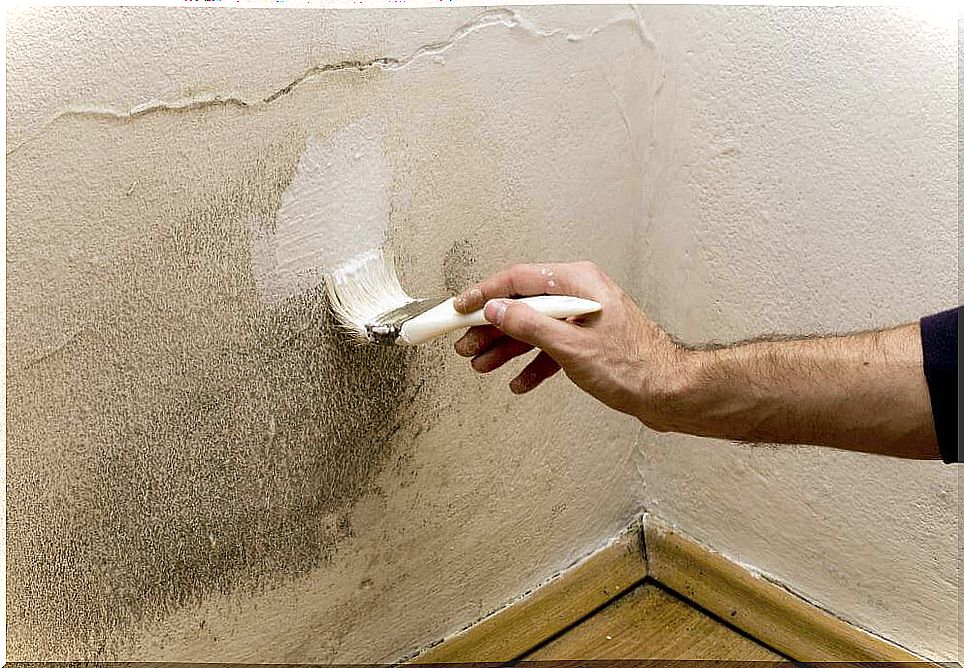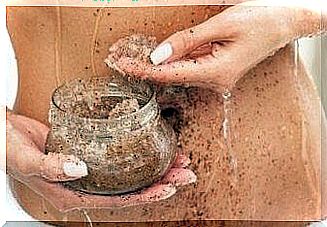Humidity At Home: Warning Signs
Wondering how it is possible to locate a humidity problem at home? In practice, it is possible to identify warning signs. Hygiene being very important, it is essential to put into practice a maintenance plan.

The warning signs of the presence of humidity in the home can appear in any corner of our interior. To recognize the problem, it is important to pay attention to these warning signs.
There will always be humidity in our interior. The simple act of living in a house involves the use of services that create humidity.
We use at least fifteen liters of water a day : in the shower, in the kitchen or for other daily tasks, we use water, so humidity is inevitable.
But, don’t panic, if all the appliances and plumbing are working properly, the water will evaporate and there will be no problem. Hence the importance of ensuring good maintenance.
Humidity at home: the different causes
The presence of humidity can be related to poor ventilation or simply the humid climate of the country in which we live.
If the house is not well ventilated in winter, humidity warning signs may appear. The walls, roof, patio or garage are usually the victims of moisture. This situation can arise at any time without notice.
Fortunately, if you are attentive enough, it is possible to detect its presence in time and thus act quickly to resolve the problem quickly and prevent it from getting worse.
Humidity at home: warning signs

If the humidity shows up in easily accessible places, then it will be rather easy to detect it. The presence of mold or black spots on the walls is a clear indication of a moisture problem.
But some parts of the house are not so easily accessible. It may take longer for us to spot the red flags. The peculiar smell that emanates from areas affected by humidity can help you identify affected areas.
Again, you will observe the presence of mold and fungus in dark, damp places. When the spores are released, they generate a characteristic bad smell that allows us to act as quickly as possible.
Be careful though! Some precautions should be taken, as the spores are particularly harmful to health and can cause allergic reactions and other respiratory problems.
Falling paint on a wall usually indicates the presence of seepage. This type of humidity is linked to construction problems. The lack of waterproofing of roofs, walls or cellars and the deterioration of the joints of the tiles or earthenware are the usual causes.
Other symptoms are microfugues in water pipes or ruptures in the pipe. These symptoms should be repaired in time, preferably by a professional to avoid further wear and tear and more severe damage.
Finally, know that wood is a good ally for detecting the presence of humidity in the home. At the baseboards, doors or furniture you can observe the warning signals. Water infiltration through mirrors and window panes are other signals.
Humidity at home: the action is taken

Constant monitoring
At home, you should never stop being vigilant. The places where water vapor is most concentrated should be checked regularly.
The kitchen and the bathroom are two places where there is a problem with humidity. The condensation on the different surfaces highlights this problem.
In addition, the permanent contact of cellars with the earth means that these spaces are also prone to be affected by a humidity problem. This is called humidity by capillarity. The reason is: as the concrete structure is not suitable, soil moisture is able to penetrate through the structure.
Allies against humidity
To support our research, we can use certain allies.
Chromatography offers cards or bands that indicate the presence of humidity : when humidity manifests itself, they change color. They are inexpensive and very easy to use. They are also disposable.
The hygrometer, which works similar to a thermometer, provides information on the degree of humidity. There are condensation, absorption or digital hygrometers that show the results on a screen.
Humidity at home: other recommendations to prevent the problem
If the presence of moisture is related to the environment, known as condensation, be sure to ventilate your home well to prevent damage. Proper ventilation in the home helps reduce humidity accumulated by condensation.
You must pay special attention to the kitchen and the bathroom. When it comes to cooking, extractors are good allies in preventing this problem.
Moderate use of heating is another help. The ideal is to maintain a temperature between 15 and 20 degrees Celsius in order to minimize condensation.
Where possible, invest in large windows that allow good air circulation.
Also, be aware that excess plants can help increase humidity, as can the habit of drying freshly washed clothes indoors.
If infiltration is the cause of the problem, you must find a solution immediately. Seek professional help.
Moisture problems are not difficult to recognize, prevent or combat. Take the necessary steps to avoid discomfort at home.









